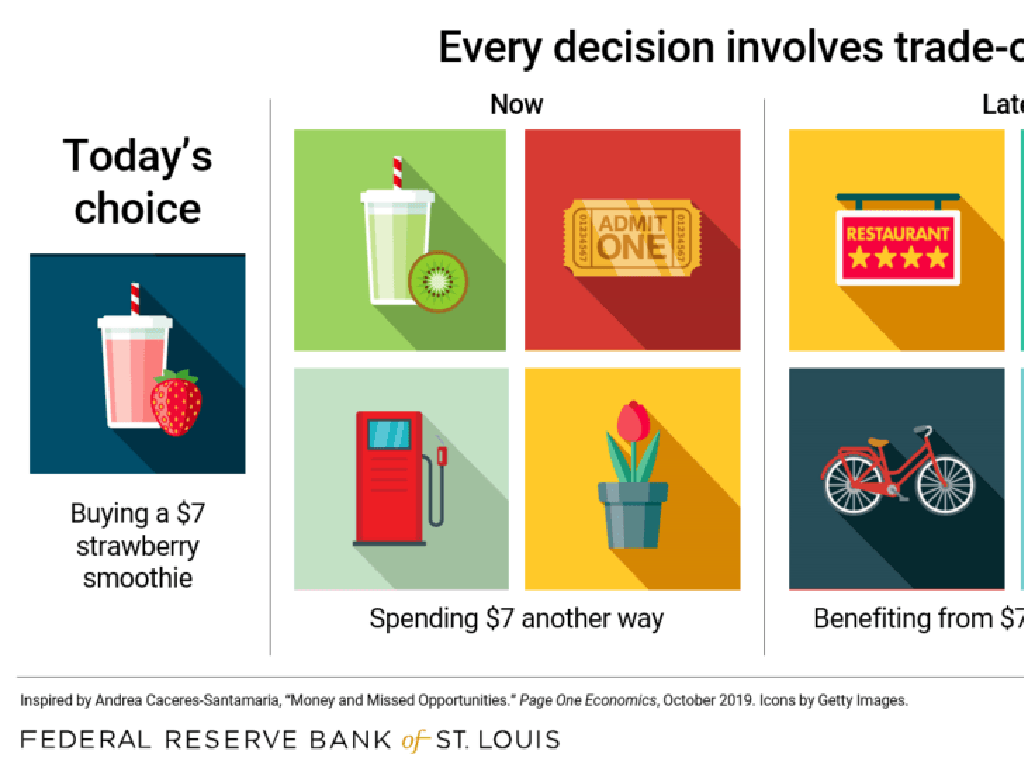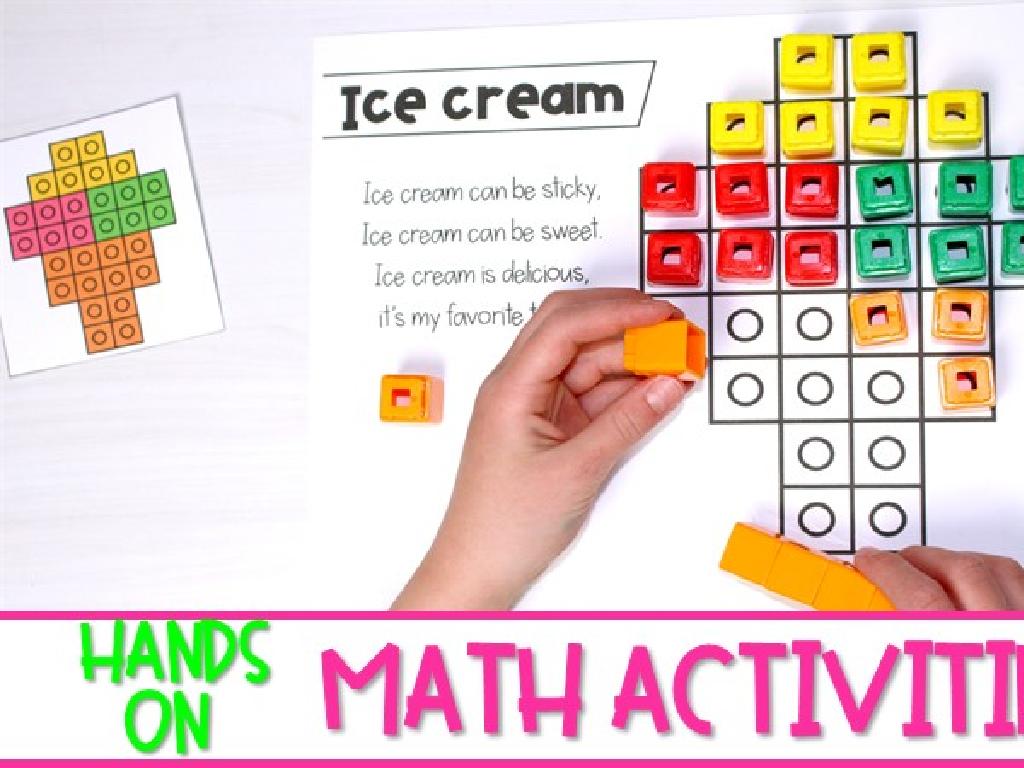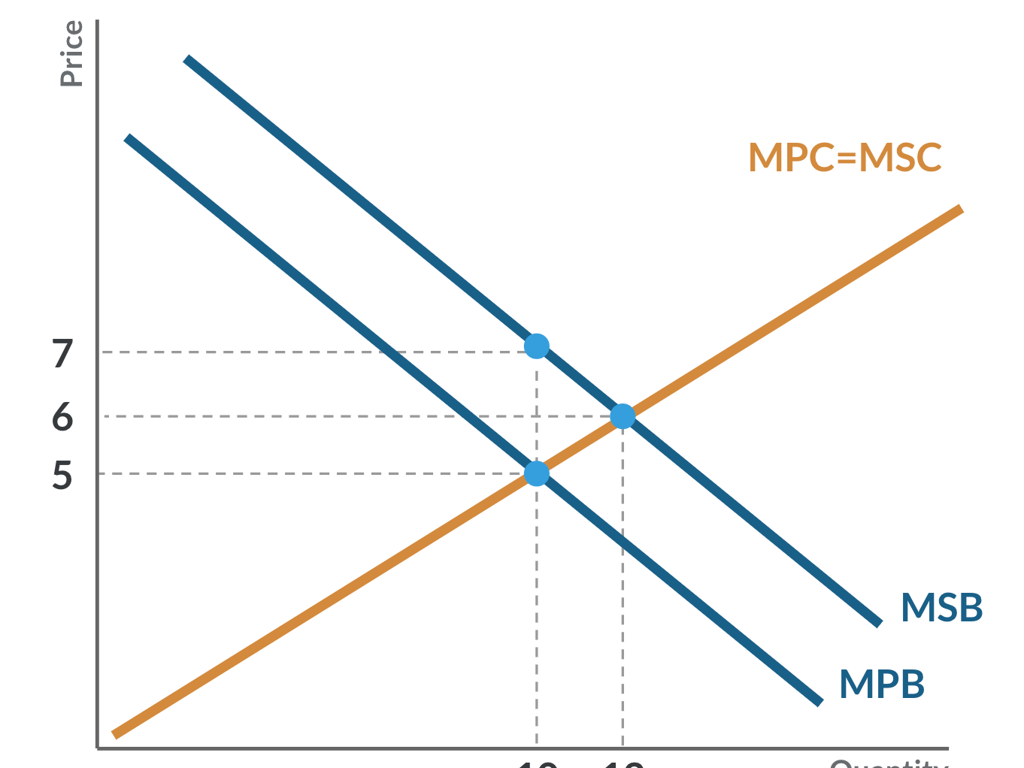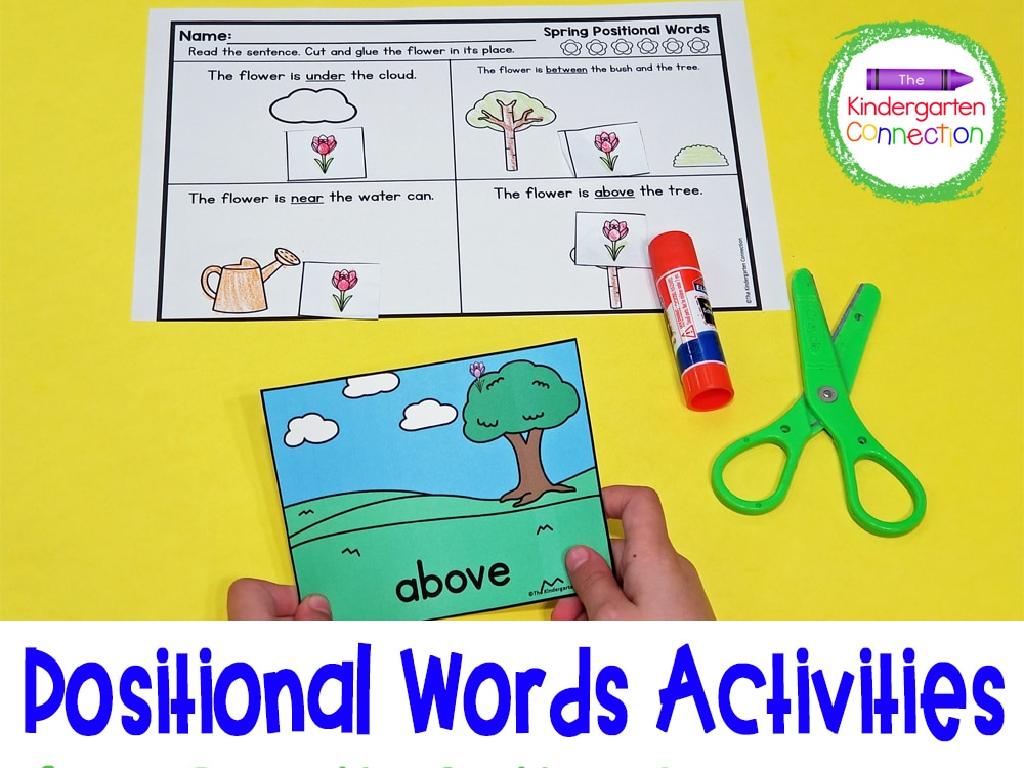More
Subject: Math
Grade: Pre-k
Topic: Compare Groups
Please LOG IN to download the presentation. Access is available to registered users only.
View More Content
Exploring ‘More’ in Math
– Greetings little mathematicians!
– Today’s topic: Comparing things
– Understanding the concept of ‘More’
– ‘More’ means having a greater number or amount
– Fun activities to learn ‘More’
– We’ll use toys and snacks for counting
|
Welcome the students warmly to the class and introduce the concept of comparison in a way that’s engaging for Pre-K students. Explain that ‘more’ is used to describe when there is a larger quantity of something. Use tangible items like blocks, toys, or snacks to visually demonstrate the concept. For example, show a group of 3 apples and a group of 5 apples, and explain that 5 is more than 3. Plan interactive activities where students can practice this concept by grouping items and comparing which group has ‘more’. This will help them understand the concept of comparison in a fun and practical way.
Understanding ‘More’ in Math
– ‘More’ means having a larger number
– Comparing to find which has more
– Look at two groups and decide which one has a larger amount
– Using items to see ‘more’
– Count items like blocks or crayons to see which pile is bigger
– Practice with real examples
– Use toys, snacks, or stickers to make learning fun and interactive
|
This slide introduces the concept of ‘more’ to Pre-K students by explaining that ‘more’ refers to a larger amount or number of items. It’s important to use tangible items that children can count or compare visually to grasp the concept. Encourage the students to practice by comparing groups of everyday objects, such as toys or snacks, to identify which group has more items. This hands-on approach helps solidify their understanding of comparison and quantity. During the lesson, facilitate activities where students can interact with objects and share their observations with the class.
Let’s Compare: Who Has More?
– Comparing different groups
– Count toys, fruits, friends
– How many blocks vs. stuffed animals?
– Discover which has more
– Does the apple basket have more than the orange basket?
– Group comparison activity
|
This slide introduces the concept of comparison to Pre-K students using familiar items and scenarios. Start by explaining that comparing means finding out how things are similar or different. Use tangible examples like toys and fruits, which are relatable to the students. Encourage them to count items in each group to determine which has more. For the class activity, set up stations with different groups of items and let the students practice comparing by counting. This hands-on approach will help solidify the concept of ‘more’ and ‘less’ in a fun and interactive way. Be prepared with additional examples and ensure that each student gets a chance to participate in the activity.
Counting to Compare: Which Has More?
– Count items in two groups
– Which group has more items?
– Compare numbers to find which is larger
– Counting practice together
– We’ll count as a class and learn together
– Discovering ‘more’ through counting
– Use objects like blocks or toys to visualize
|
This slide introduces the concept of comparison using counting to determine which of two groups has more items. Start by explaining that counting can help us find out which group is bigger or has more. Use real-life objects like blocks, fruits, or toys to make it tangible for Pre-K students. Engage the class by counting items together in each group and then comparing the totals. Emphasize the term ‘more’ by showing that the group with the higher count has more items. Encourage participation and make it interactive by asking students to predict which group will have more before counting. This activity will help students grasp the basic concept of comparison and quantity in a fun and interactive way.
Learning About ‘More’: Comparing Quantities
– Understand the concept of ‘More’
– Counting apples and bananas
– We have 3 apples. Let’s count: 1, 2, 3!
– Which group has more?
– Now, let’s count 5 bananas: 1, 2, 3, 4, 5!
– Recognizing the larger group
– Bananas are more because 5 is bigger than 3.
|
This slide is aimed at helping Pre-K students understand the concept of ‘more’ by comparing two groups of items. Start by showing them the groups of apples and bananas. Have the students count each group and then ask them which group has more items. Reinforce the concept that ‘more’ refers to the larger quantity. Use simple language and encourage participation. You can also use physical objects or images to help them visualize and compare the quantities. This activity will help build their foundational math skills in comparing numbers and understanding quantity.
Practice Time: Which Has More?
– Look at each set of pictures
– Count the items in each picture
– Decide which picture has more items
– Does set A or set B have more? How can you tell?
– Share your answer with the class
|
This slide is an interactive activity for Pre-K students to practice the concept of ‘more’ by comparing groups of items. Provide the students with sets of pictures and guide them to count the items in each set. Encourage them to use their counting skills to determine which set has a greater number of items. After they have made their decision, ask them to explain their reasoning and share their answers with the class. This activity will help reinforce their understanding of quantity comparison and develop their verbal expression skills. Possible activities could include comparing sets of toys, fruits, or classroom objects. Ensure that the items are easily countable and visually distinct to avoid confusion.
Class Activity: More or Less Game with Blocks
– Let’s play a game with blocks!
– Create two groups of blocks
– Use different colored blocks to make two separate groups.
– Which group has more blocks?
– Compare the groups to see which one has a larger number of blocks.
– Remember: More blocks = Bigger group!
|
This activity is designed to help Pre-K students understand the concept of ‘more’ by using a hands-on approach with blocks. Teachers should provide a variety of blocks and assist children in grouping them. Encourage the students to count the blocks in each group and determine which group has more. This will help them visually and physically compare quantities. For differentiation, some students can have a larger number of blocks to work with, while others may work with smaller numbers depending on their comfort with counting. Teachers should circulate the room to ensure understanding and provide guidance where necessary. The goal is to make learning the concept of ‘more’ a fun and interactive experience.
Celebrating Our Learning on Comparing Groups
– Congratulations on your hard work!
– Understanding ‘more’ in groups
– You can now tell which group has more items
– Time for a big round of applause
– Clap for yourself and your friends!
– Keep practicing at home!
– Try counting items in different groups around you
|
This slide is meant to wrap up the lesson on comparing groups by quantity. It’s a moment of positive reinforcement for the students, acknowledging their effort and understanding. Emphasize the concept of ‘more’ by reminding them how they can now determine which group has a greater number of items. Encourage the children to celebrate their achievement with applause, fostering a sense of community and shared success. Finally, suggest that they continue to practice this skill outside of the classroom by observing and comparing groups of objects they encounter in their daily lives, such as toys, fruits, or even people.






